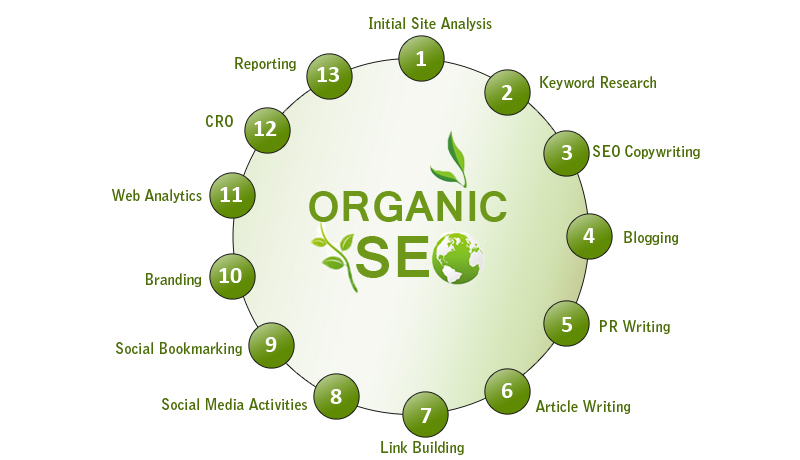Optimizing a website that has tens of thousands—or even hundreds of thousands—of dynamically generated pages, requires thinking differently. Old school SEO, where you assign each page a keyword theme based on keyword research and hand-craft a title tag, H1 tag and intro copy, then figure out the best internal links to send to the page, just doesn’t scale with big sites. Particularly when you’re talking about the magnitude that our Netconcepts clients are operating at—typically over 10,000 SKUs and over 100,000 indexed pages.
It’s essential that you focus your SEO efforts in such a way that the effects will cascade through your site. For example, come up with “recipes” for optimized titles for product pages, for category pages, for articles, etc.—yet allowing for those recipes to be overridden with a hand-crafted title tag when required. Getting the title tag right will make a big difference. For example, the website SlideShare.net has over 40,000 tag pages indexed in Google, but the titles are suboptimal. They all follow the recipe of “SlideShare » Slideshows tagged with [keyword].” A better choice would have been “[keyword] tagged PowerPoint slides, presentations and slideshows.” Such a change is usually easy to implement and is likely to pay big dividends in rankings and traffic improvements.
Don’t stop at the title tag; optimize the entire HTML template. Use SEO best practices: 1) separate out the content layer from the presentation layer; 2) make sure you’re using semantic markup; 3) employ heading tags (e.g. H1, H2) when appropriate; 4) cut the bloat out of the template; 5) make sure you’re not using the same meta description and meta keywords across the whole template. Make that template really hum.
